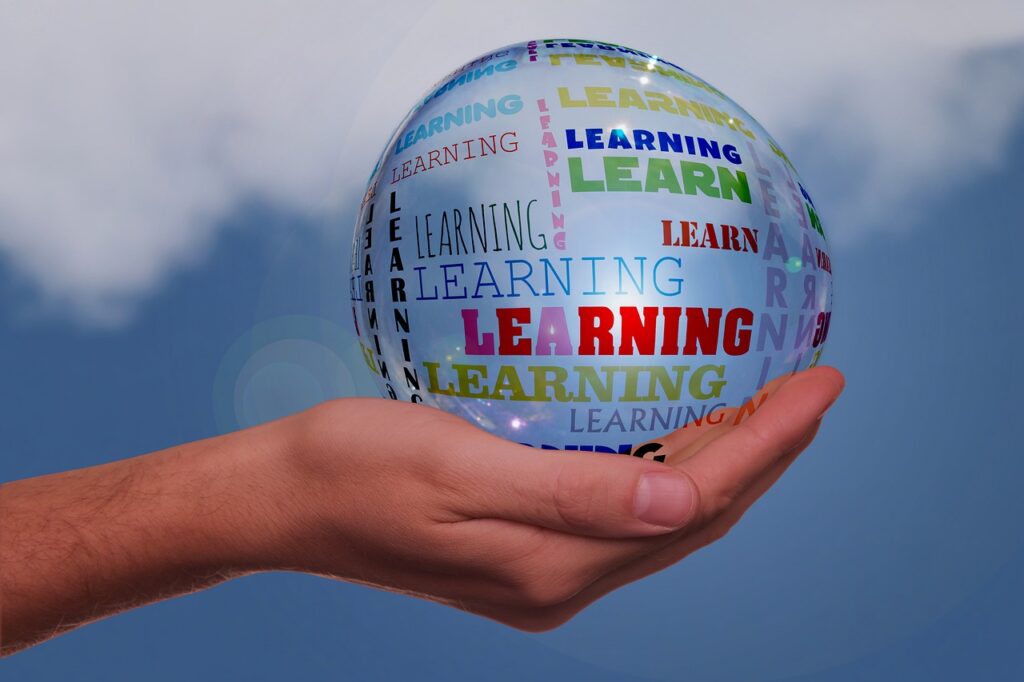
One aspect of ADHD that often remains misunderstood is how individuals with the condition learn and process information differently than their neurotypical counterparts. ADHD is not a learning disability, but its symptoms – issues with attention, impulse control, and executive functions – can affect someone’s ability to learn in traditional settings.
ADHD is a neurodevelopmental disorder characterized by difficulties in attention, hyperactivity, and impulsivity, while learning disabilities (e.g., dyslexia, dysgraphia and dyscalculia) are specific difficulties in acquiring and using certain academic skills. While they share some overlapping challenges in the realm of learning, they are distinct conditions with different core features and interventions.
ADHD Learning Strengths
Below are some of the distinctive ways ADHD minds engage with and absorb information.
- Multitasking Marvels – Neurotypical individuals often find multitasking challenging, but for those with ADHD, it’s a superpower. ADHD brains can thrive in environments with multiple stimuli, allowing them to absorb information from various sources simultaneously. This ability can lead to creativity and innovation in problem-solving.
- Hyperfocus – While ADHD individuals may struggle with focus in some situations, they can also experience hyperfocus – an intense concentration on a single task. This hyperfocus state allows them to delve deeply into subjects of interest, often outperforming neurotypical individuals in specific areas.
- Hands-On Learning – Traditional learning methods might not always be the most effective for individuals with ADHD. Hands-on, experiential learning tends to resonate better with them. Interactive activities, real-world applications, and tangible experiences can enhance their understanding and retention of information.
- Flexible Thinking – The rigid structure of traditional education can pose challenges for ADHD learners. However, their minds excel at thinking outside the box and finding unconventional solutions. Embracing a more flexible and adaptive learning environment can unlock the full potential of their creative thinking.
- Visual and Kinesthetic Learners – Many individuals with ADHD are visual or kinesthetic learners, relying on visual aids, diagrams, and physical movement to grasp concepts. Incorporating these elements into educational approaches can significantly improve their comprehension and engagement.
- Personalized Learning Strategies – Recognizing and embracing individual learning styles is crucial for those with ADHD. Tailoring educational strategies to match their preferences and strengths can foster a more inclusive and effective learning environment.
- Mindful Techniques – Mindfulness practices can play a significant role in supporting ADHD learners. Techniques such as meditation and focused breathing can help manage distractions, enhance self-awareness, and promote a sense of calm, improving overall learning experiences.
Understanding the unique ways in which individuals with ADHD learn and process information is essential for creating inclusive and effective learning environments. By embracing their strengths, accommodating their needs, and fostering a diverse range of learning approaches, we can unleash the full potential of ADHD minds and empower them to thrive in various aspects of life.
References
- https://www.healthline.com/health/adhd/is-adhd-a-learning-disability
- https://www.additudemag.com/slideshows/positives-of-adhd/
- https://www.verywellmind.com/the-strengths-of-adhd-20698
- https://add.org/benefits-of-adhd-employees/


